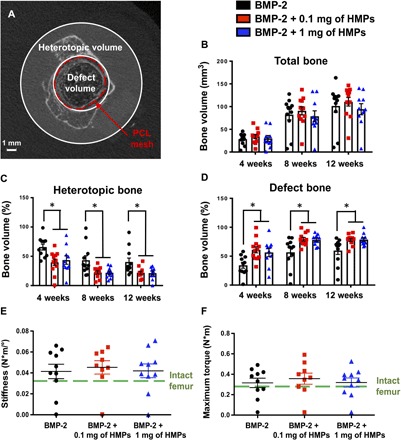Fig. 5. Quantification of bone volume and biomechanical properties of femoral defects treated with alginate/PCL tissue-engineered constructs.

(A) Representative micro-CT slice demonstrating that bone volume was divided into defect volume and heterotopic volume based on 6-mm circular contours defined by the PCL nanofiber mesh. (B) Total bone volume at 4, 8, and 12 weeks was divided into (C) percentage of heterotopic bone volume and (D) percentage of defect bone volume (n = 13 to 14; *P < 0.05 as indicated). Excised femurs underwent torsion testing at 12 weeks after injury to calculate (E) stiffness and (F) maximum torque of regenerated bone. Mechanical properties were compared to that of intact femurs (n = 9 to 10).
